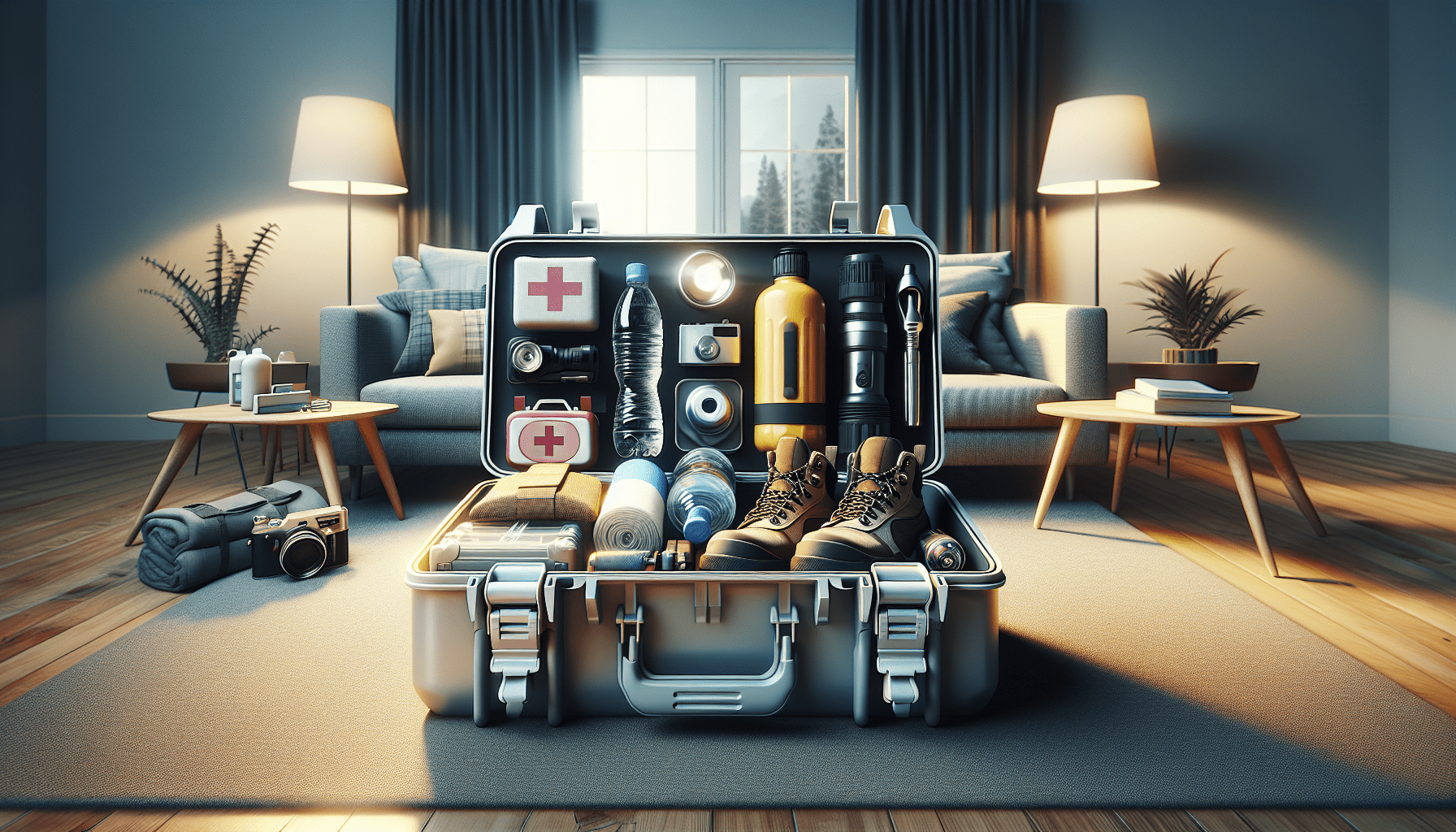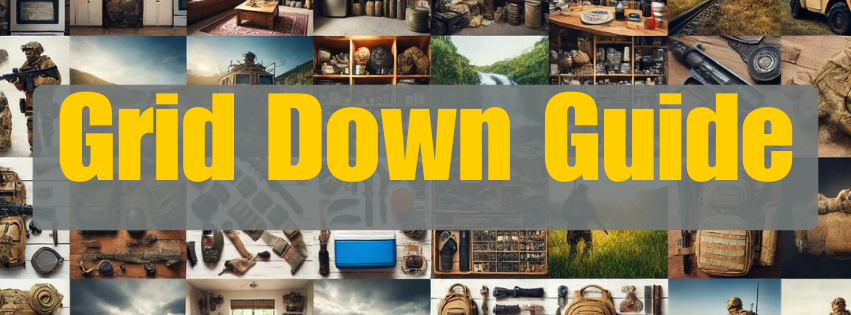
Have you ever wondered what steps we should take if we find ourselves in the midst of an earthquake? I’ve been thinking about it, and it turns out there’s quite a bit we can do to increase our chances of staying safe.
What Are 10 Safety Tips People Should Do If They Are In An Earthquake?

Tip 1: Drop, Cover, and Hold On
The first thing we should do during an earthquake is to remember the three key actions: Drop, Cover, and Hold On. This means getting down to our hands and knees to prevent being knocked over, covering our head and neck, and finding shelter under a sturdy table or desk. Then, hold on to something stable until the shaking stops. It sounds simple, but in the chaos of an earthquake, these actions can keep us safe from falling debris.
Tip 2: Stay Indoors If Possible
We might feel the urge to run outside when the ground starts shaking. But it’s generally safer to stay indoors until the shaking stops. Most injuries occur when people try to move around or go outside during the quake. The exterior of a building often has falling debris, while inside, we can at least use furniture for protection.
Tip 3: Stay Away from Windows
Windows can shatter during an earthquake, turning glass into dangerous projectiles. We should move away from them quickly to avoid injury. Staying in the center of a room, away from windows and exterior walls, is usually the safest bet.
Tip 4: Turn Off Utilities
In the aftermath of an earthquake, it’s essential to turn off our gas, electricity, and water if we can do so safely. This can help prevent fires, gas leaks, and water damage. We should know where our utility shut-off valves are and how to use them before an earthquake occurs.

Tip 5: Have an Emergency Kit Ready
A well-prepared emergency kit can make a huge difference in our ability to cope after an earthquake. This kit should include necessities like water, food, a flashlight, batteries, a first aid kit, medications, and copies of important documents. Keeping this kit in an easily accessible place can save us a lot of trouble when disaster strikes.
Tip 6: Know Safe Spots in Each Room
It’s helpful to identify safe spots in each room of our home or workplace where we can take cover if an earthquake happens. Look for sturdy tables, desks, or interior walls away from windows. Knowing these spots ahead of time helps us react quickly and find safety faster.
Tip 7: Practice Earthquake Drills
Regular earthquake drills might seem excessive, but they can prepare us to act quickly and calmly during the real event. Practicing how to “Drop, Cover, and Hold On” and identifying evacuation routes can make a difference. Schools and workplaces often have mandatory drills, and there’s no reason we can’t incorporate these into our home routine as well.
Tip 8: Secure Heavy Furniture and Appliances
Heavy furniture and appliances can easily topple over during an earthquake, causing injuries and blocking escape routes. We should anchor bookcases, refrigerators, and water heaters to walls, and secure items like televisions and computers. Minimizing hazards can turn a dangerous situation into a safer one.
Tip 9: Know Your Evacuation Plan
After the initial shaking stops, we might need to evacuate our building. Knowing the best routes out and meeting points can help things go smoothly. We should plan for different scenarios, such as blocked exits, and ensure everyone in our household knows what to do.
Tip 10: Stay Informed
Lastly, staying informed about earthquake risks and safety measures is crucial. We can subscribe to emergency alerts, follow guidance from local authorities, and educate ourselves about the specific risks in our area. Knowledge is power, and staying informed can help us make the best decisions during and after an earthquake.
Putting It All Together
| Tip | Summary |
|---|---|
| Drop, Cover, and Hold On | Get down, find cover, and hold on to something stable. |
| Stay Indoors If Possible | Avoid going outside until the shaking stops. |
| Stay Away from Windows | Move to the center of the room, away from glass. |
| Turn Off Utilities | Know how and when to turn off gas, electricity, and water. |
| Have an Emergency Kit Ready | Keep essentials like water, food, and first aid supplies handy. |
| Know Safe Spots in Each Room | Identify sturdy cover spots ahead of time. |
| Practice Earthquake Drills | Regularly practice safety measures and evacuation plans. |
| Secure Heavy Furniture and Appliances | Anchor large items to prevent them from toppling. |
| Know Your Evacuation Plan | Plan and practice evacuation routes and meeting points. |
| Stay Informed | Keep up with alerts and recommendations from authorities. |
So, what do you think? It’s a lot to take in, right? But with a little planning and practice, we can significantly improve our safety and peace of mind during an earthquake. These tips aren’t just trivia; they’re practical steps that can protect us and our loved ones in a crisis.
